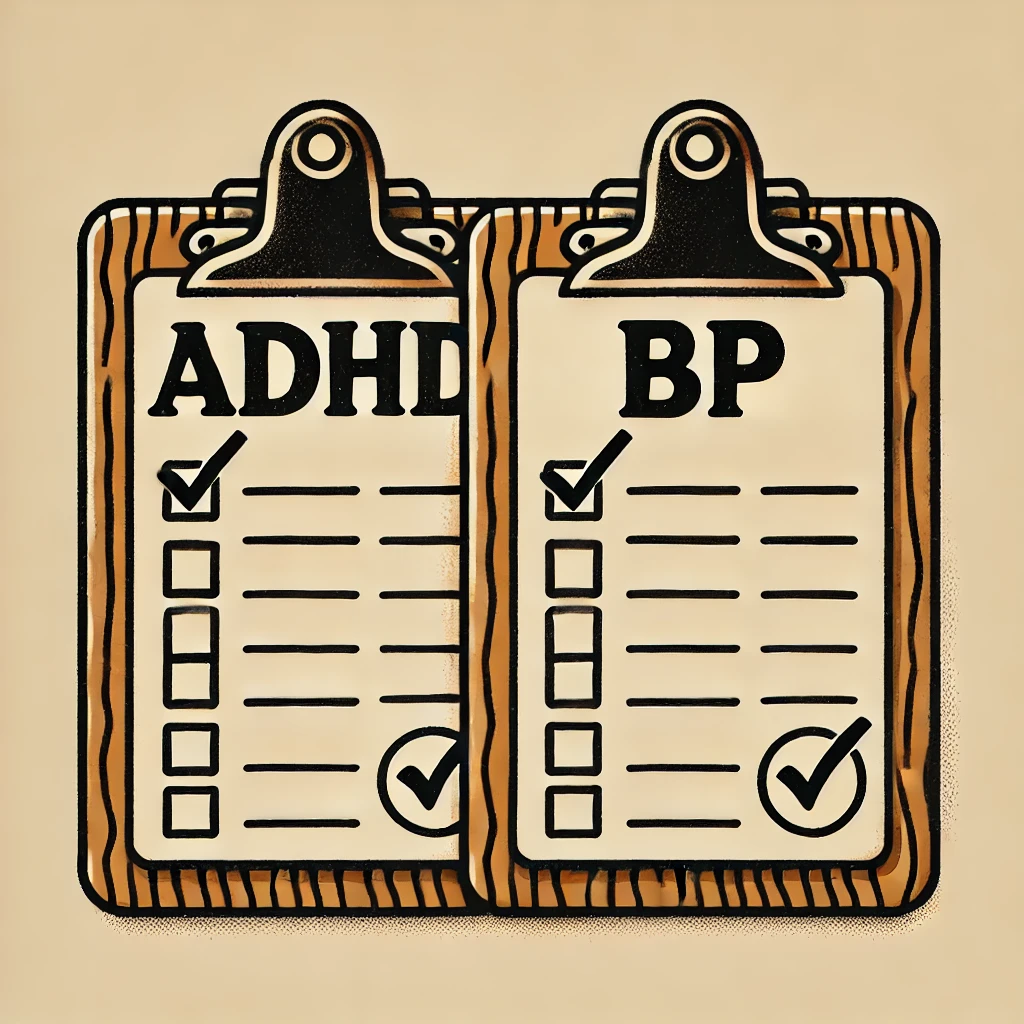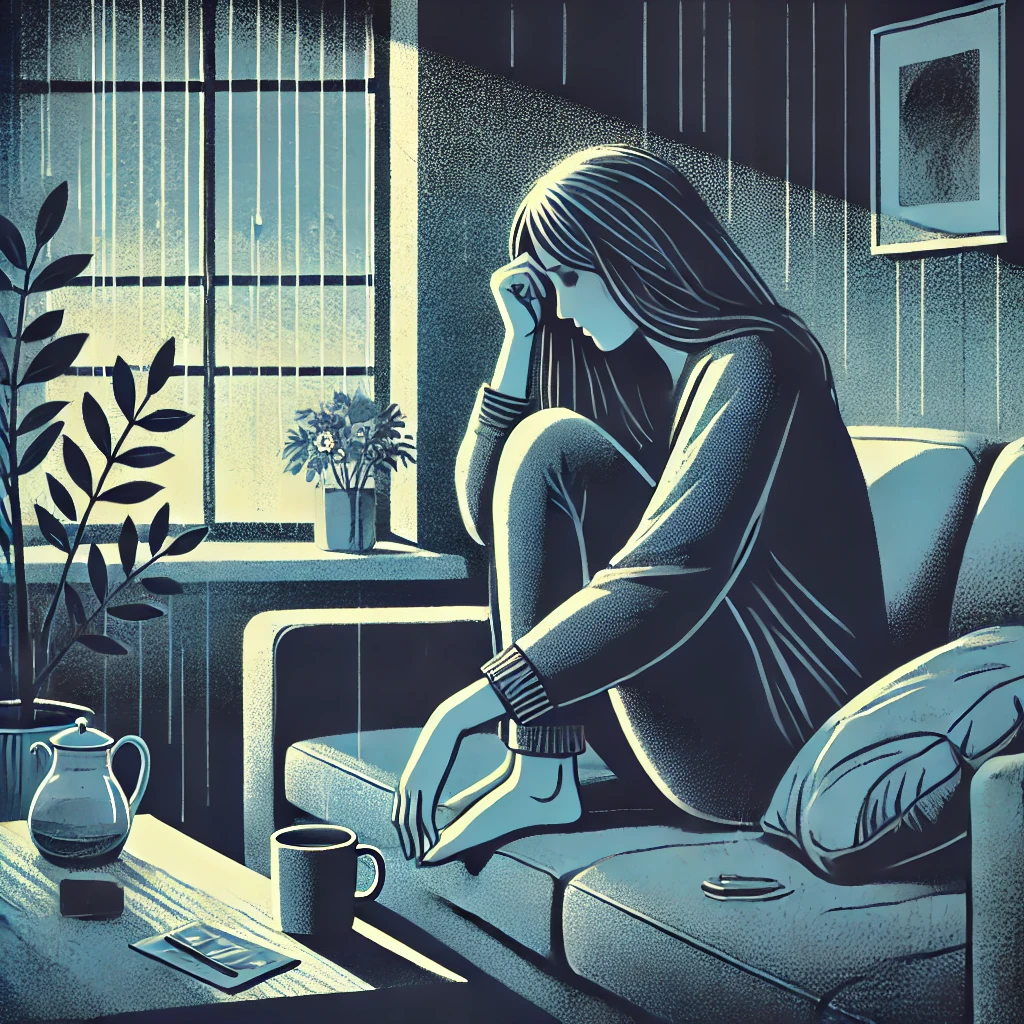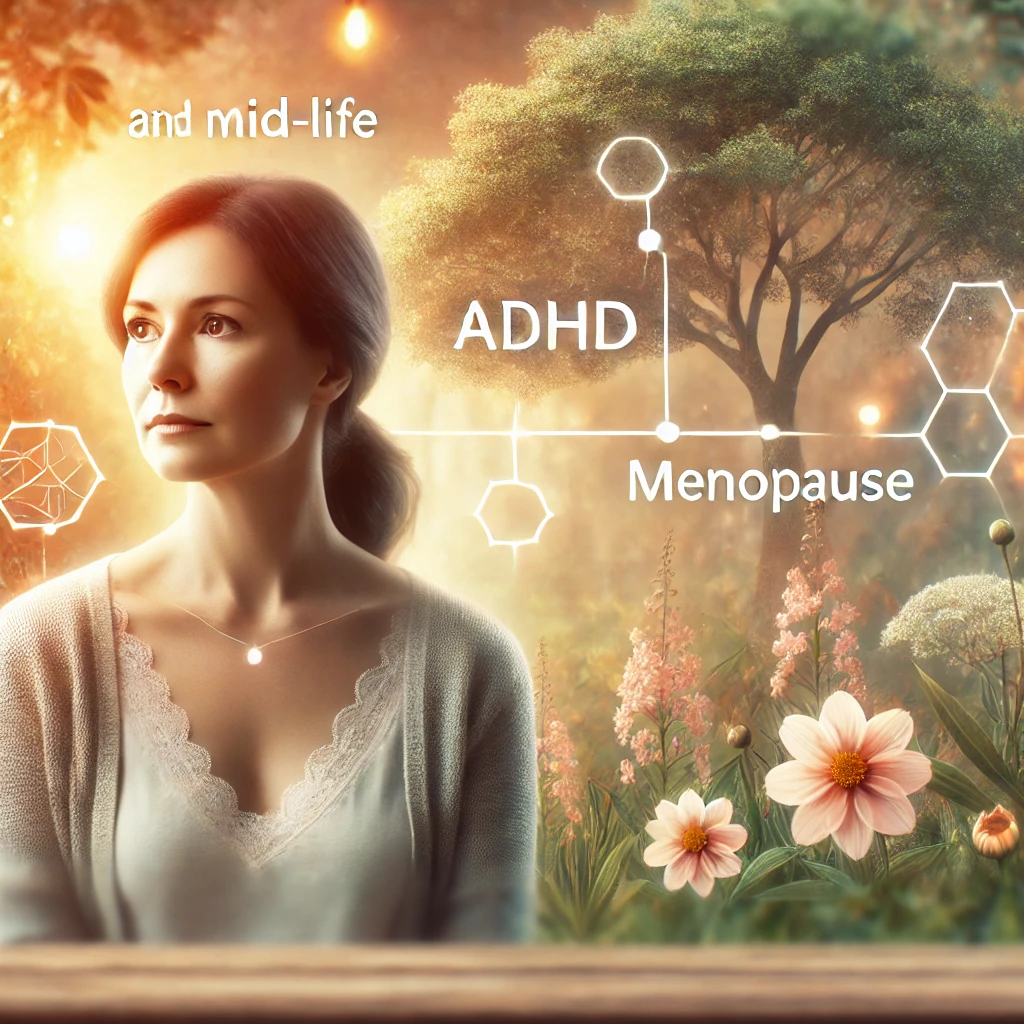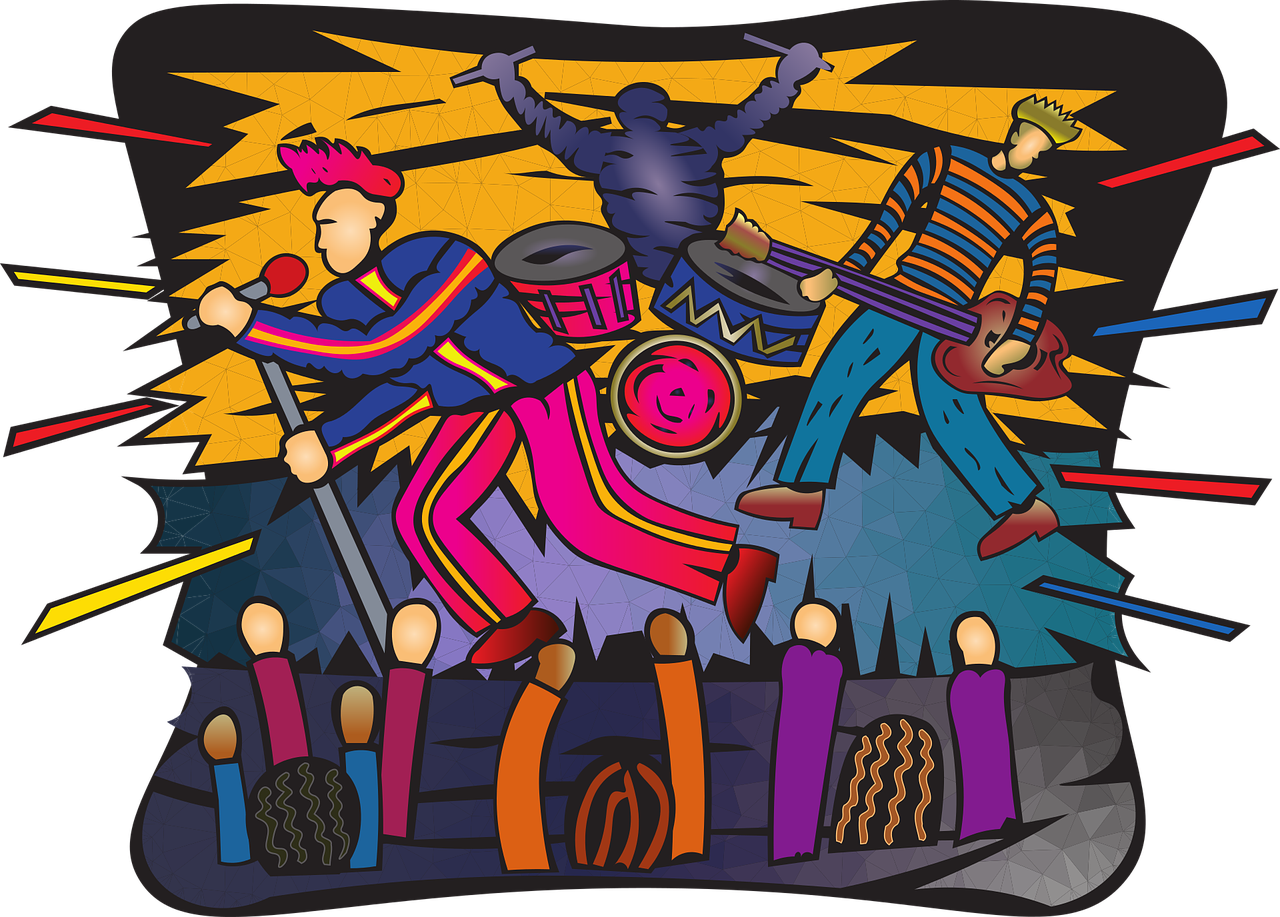ADHD and Bipolar Disorder : Key Differences
Table of Contents
ToggleUnderstanding ADHD and Bipolar Disorder
TL;DR: Understanding ADHD vs. Bipolar Disorder
ADHD (Attention-Deficit/Hyperactivity Disorder) and Bipolar Disorder (BD) are different conditions that can have some similar symptoms, like impulsivity and trouble focusing. However, they differ in several key ways:
- Symptoms: ADHD is characterized by consistent issues with attention, hyperactivity, and impulsivity. Bipolar Disorder involves mood episodes—periods of extreme highs (mania) and lows (depression), sometimes with psychotic features.
- Nature of Symptoms: ADHD symptoms are persistent and part of the individual's behavior at all times. Bipolar Disorder symptoms occur in distinct episodes and are not always present.
- Onset: ADHD typically starts in childhood and continues into adulthood. Bipolar Disorder usually starts in late adolescence or early adulthood.
- Diagnosis Challenges: It can be hard to distinguish between the two, especially since it's possible to have both (comorbidity). Proper diagnosis is critical for effective treatment.
- Treatment: ADHD is often treated with stimulant medications and behavioral therapies. Bipolar Disorder requires mood stabilizers, sometimes antipsychotics, and psychotherapy.
Accurate diagnosis is essential for choosing the right treatment and avoiding complications.
ADHD (Attention-Deficit/Hyperactivity Disorder) and Bipolar Disorder (BD) are two distinct conditions, but they can sometimes appear similar due to overlapping symptoms like impulsivity (acting without thinking) and difficulty concentrating. However, they differ in important ways, and understanding these differences is crucial for an accurate diagnosis and effective treatment. Here’s what you need to know:
How to Tell the Difference Between ADHD and Bipolar Disorder
Shared Symptoms
Both ADHD and Bipolar Disorder can share symptoms such as:
🟢 Impulsivity: Acting without thinking.
🟢 Distractibility: Getting easily distracted or losing focus.
🟢 Restlessness: Having trouble sitting still or feeling fidgety.
Differences in Symptoms
🟢 Inattention: In ADHD, this often means daydreaming or not paying attention. In Bipolar Disorder, inattention can be due to "racing thoughts," particularly during manic episodes when the person’s mind rapidly shifts from one idea to another.
🟢 Impulsivity: In ADHD, impulsivity involves acting without considering the consequences. In Bipolar Disorder, impulsive actions during a manic episode may occur because of overconfidence or grandiosity.
🟢 Psychotic Symptoms: Bipolar Disorder can sometimes include psychotic symptoms, such as seeing or hearing things that aren’t there, particularly during severe mood episodes. This is not a feature of ADHD.
Neurodivergence VS Mental Health Issue
🟢 ADHD: ADHD is a form of neurodivergence, which means it's a different way of thinking and perceiving the world. Symptoms like difficulty paying attention, hyperactivity, and impulsivity are always present but can vary in intensity depending on the environment. For example, someone with ADHD might struggle more to focus in a stressful situation and do better in a supportive setting.
🟢 Bipolar Disorder: Bipolar Disorder is characterized by "episodes" that come and go. A person may feel extremely happy and energetic during a manic episode or very sad and fatigued during a depressive episode. Between these episodes, they might feel relatively normal.
All the Time Versus Episodic
🟢 ADHD: ADHD symptoms are consistently present and are considered part of the individual's personality. They may consistently have trouble focusing, act impulsively, or be hyperactive, but the severity can fluctuate depending on the level of support they receive.
🟢 Bipolar Disorder: Symptoms of Bipolar Disorder are episodic, appearing during manic or depressive episodes. During a manic episode, a person may have high energy and overconfidence. During a depressive episode, they may feel very low and exhausted. These symptoms are not all the time, only during episodes.
Present at Birth Vs Developing Later On
🟢 ADHD: ADHD starts at birth and does not simply disappear in adulthood. ADHD traits my change in how they look over time,
🟢 Bipolar Disorder: Bipolar Disorder generally begins in late adolescence or early adulthood. It is less common for it to start in childhood, although some experts believe a form called Pediatric Bipolar Disorder (PBD) can exist.
Can You Have Both?
🟢 High Comorbidity: It’s possible for someone to have both ADHD and Bipolar Disorder simultaneously, a condition known as comorbidity. This overlap makes diagnosis more challenging, as symptoms can be difficult to distinguish.
Treatment Differences Between ADHD and Bipolar Disorder
🟢 ADHD Treatment: Treatment often involves stimulant medications to improve focus, attention, and impulse control. Therapy that supports neurodivergent individuals in developing better coping strategies can also be very effective.
🟢 Bipolar Disorder Treatment: Treatment typically includes mood stabilizers to manage mood swings and maintain emotional balance. Additional medications, such as antipsychotics, may be prescribed if psychotic symptoms are present. Therapy can help manage symptoms and prevent episodes.
Importance of Getting the Right Diagnosis
Getting an accurate diagnosis is crucial because incorrect treatment can lead to complications. For example, using stimulants (common for ADHD) in someone with Bipolar Disorder might trigger a manic episode, which can be dangerous. Therefore, accurate diagnosis and careful treatment planning are essential.
A Special Note: PMDD and Misdiagnosis
Premenstrual Dysphoric Disorder (PMDD) is another condition that can be confused with Bipolar Disorder due to its cyclical mood changes. PMDD involves severe irritability, depression, or anxiety before menstruation. While PMDD and Bipolar Disorder both involve mood changes, PMDD's symptoms are specifically linked to the menstrual cycle.
 Checklist: Symptoms of ADHD and Bipolar Disorder (DSM-5-TR)
Checklist: Symptoms of ADHD and Bipolar Disorder (DSM-5-TR)
Symptoms of ADHD
Inattention (6 or more symptoms for children up to age 16; 5 or more for older teens and adults):
🔵 Often makes careless mistakes.
🔵 Has trouble focusing on tasks or play.
🔵 Does not seem to listen when spoken to directly.
🔵 Does not follow through on instructions.
🔵 Has difficulty organizing tasks and activities.
🔵 Avoids tasks that require a lot of mental effort.
🔵 Often loses things needed for tasks.
🔵 Is easily distracted.
🔵 Is forgetful in daily activities.
Hyperactivity and Impulsivity (6 or more symptoms for children up to age 16; 5 or more for older teens and adults):
🔵 Fidgets or squirms in seat.
🔵 Leaves seat when expected to remain seated.
🔵 Runs or climbs in inappropriate situations.
🔵 Has trouble playing quietly.
🔵 Is always "on the go" as if "driven by a motor."
🔵 Talks excessively.
🔵 Blurts out answers before questions are completed.
🔵 Has difficulty waiting their turn.
🔵 Interrupts or intrudes on others.
Symptoms of Bipolar Disorder
-
Bipolar I Disorder is defined by at least one manic episode, which may be preceded or followed by hypomanic or major depressive episodes. The manic episodes are more severe and can significantly impair social or occupational functioning.
- Bipolar II Disorder requires at least one hypomanic episode and one major depressive episode. Hypomanic episodes are less severe than manic episodes and do not cause the same level of impairment as Bipolar I.
Manic Episode:
🟣 A period of abnormally elevated, expansive, or irritable mood and increased energy or activity lasting at least one week.
🟣 High self-esteem or grandiosity.
🟣 Decreased need for sleep (feeling rested after only a few hours of sleep).
🟣 More talkative than usual or feeling pressure to keep talking.
🟣 Flight of ideas or the subjective experience that thoughts are racing.
🟣 Distractibility (attention easily drawn to irrelevant external stimuli).
🟣 Increased goal-directed activity (socially, at work or school, or sexually) or physical restlessness.
🟣 Engaging in activities with a high potential for painful consequences, such as unrestrained spending sprees, sexual indiscretions, or foolish business investments.
ADHD PEOPLE CAN HAVE IDEAS THAT ARE CREATIVE DURING HYPERFOCUS PHASES THAT CAN BE CONFUSED WITH MANIA
Hypomanic Episode:
🟣 Similar to a manic episode but less severe and lasting at least four consecutive days.
🟣 Does not cause significant impairment in social or occupational functioning or require hospitalization. There are no psychotic features.

Depressive Episode:
🟣 A period of at least two weeks with five or more symptoms, including depressed mood or loss of interest or pleasure:
🟣 Feeling very sad or having a depressed mood most of the day, nearly every day.
🟣 Markedly diminished interest or pleasure in almost all activities most of the day.
🟣 Significant weight changes (weight loss when not dieting or weight gain) or changes in appetite.
🟣 Sleep problems (insomnia or hypersomnia) nearly every day.
🟣 Low energy or fatigue nearly every day.
🟣 Feelings of worthlessness or excessive or inappropriate guilt.
🟣 Diminished ability to think or concentrate, or indecisiveness.
🟣 Recurrent thoughts of death, recurrent suicidal ideation without a specific plan, or a suicide attempt or a specific plan for committing suicide.
For Adults with ADHD: The DSM-5-TR specifies that adults (17 years and older) need to meet five or more symptoms of either inattention or hyperactivity/impulsivity. The symptoms must interfere with or reduce the quality of social, academic, or occupational functioning.
For Adults with Bipolar Disorder: The DSM-5-TR emphasizes the importance of distinguishing between typical mood changes and the more severe mood disturbances characteristic of Bipolar Disorder. It also highlights the need for a careful assessment to rule out substance use or other medical conditions that could mimic Bipolar Disorder symptoms.
Conclusion
For more information, check out Bipolar Hope, a valuable resource for individuals with Bipolar Disorder.
It’s important to collaborate closely with a healthcare professional to explore all symptoms, patterns, and triggers, ensuring the most accurate diagnosis and effective treatment plan. Whether it’s ADHD, BD, or PMDD, understanding the specific characteristics and symptoms of each condition is essential for obtaining the right support and care.








